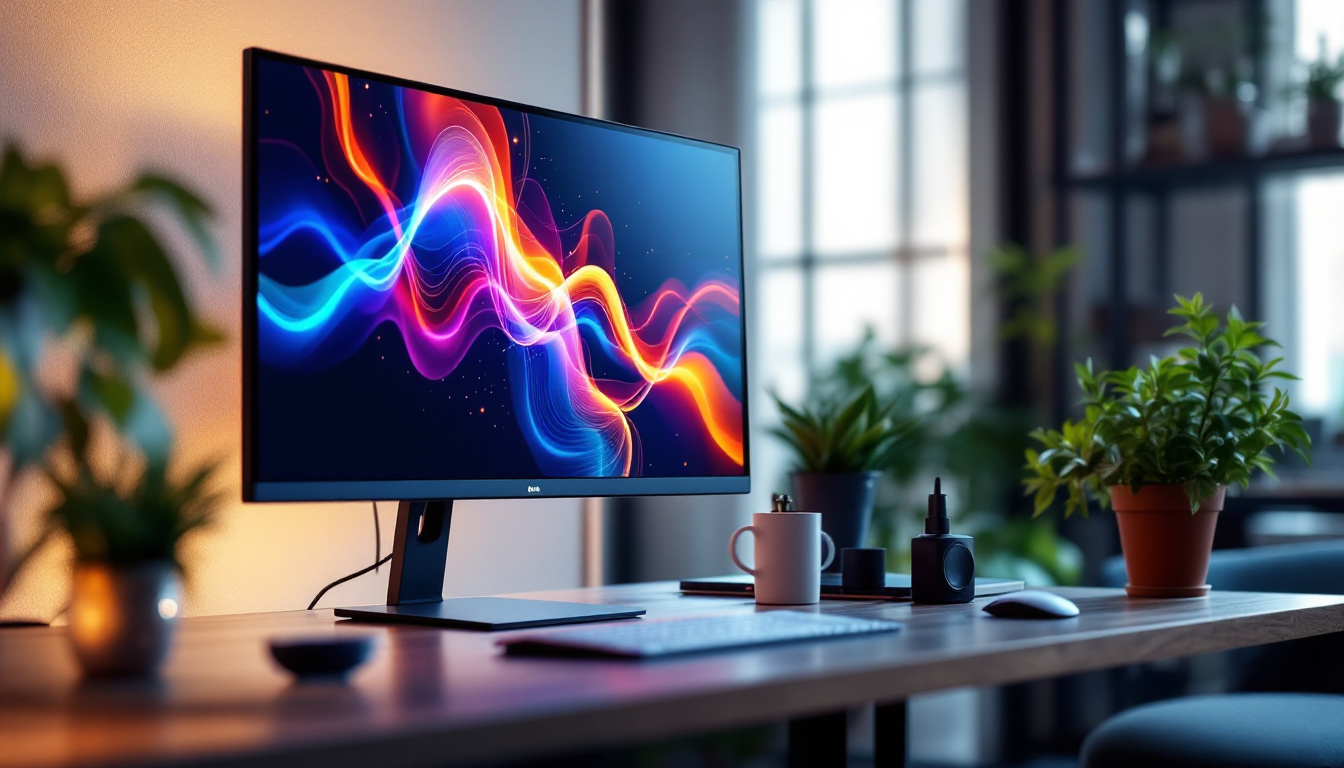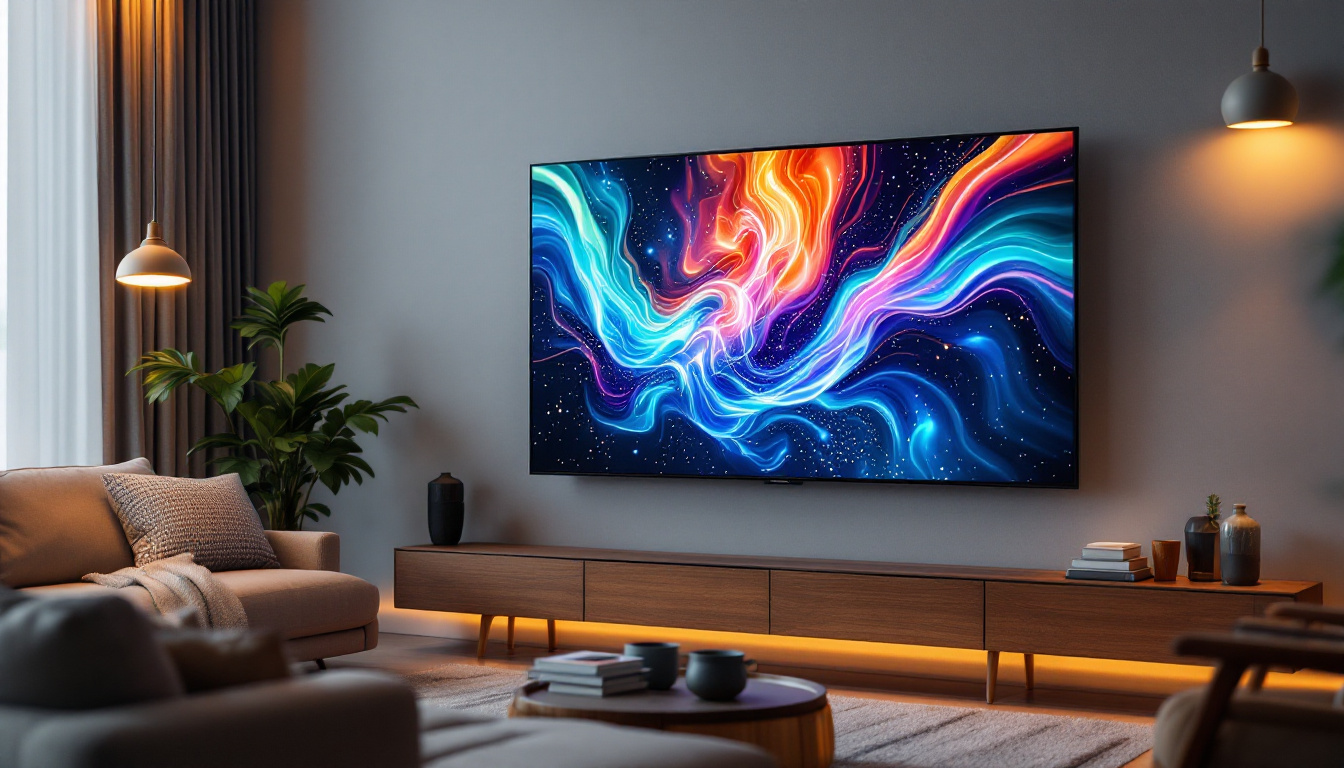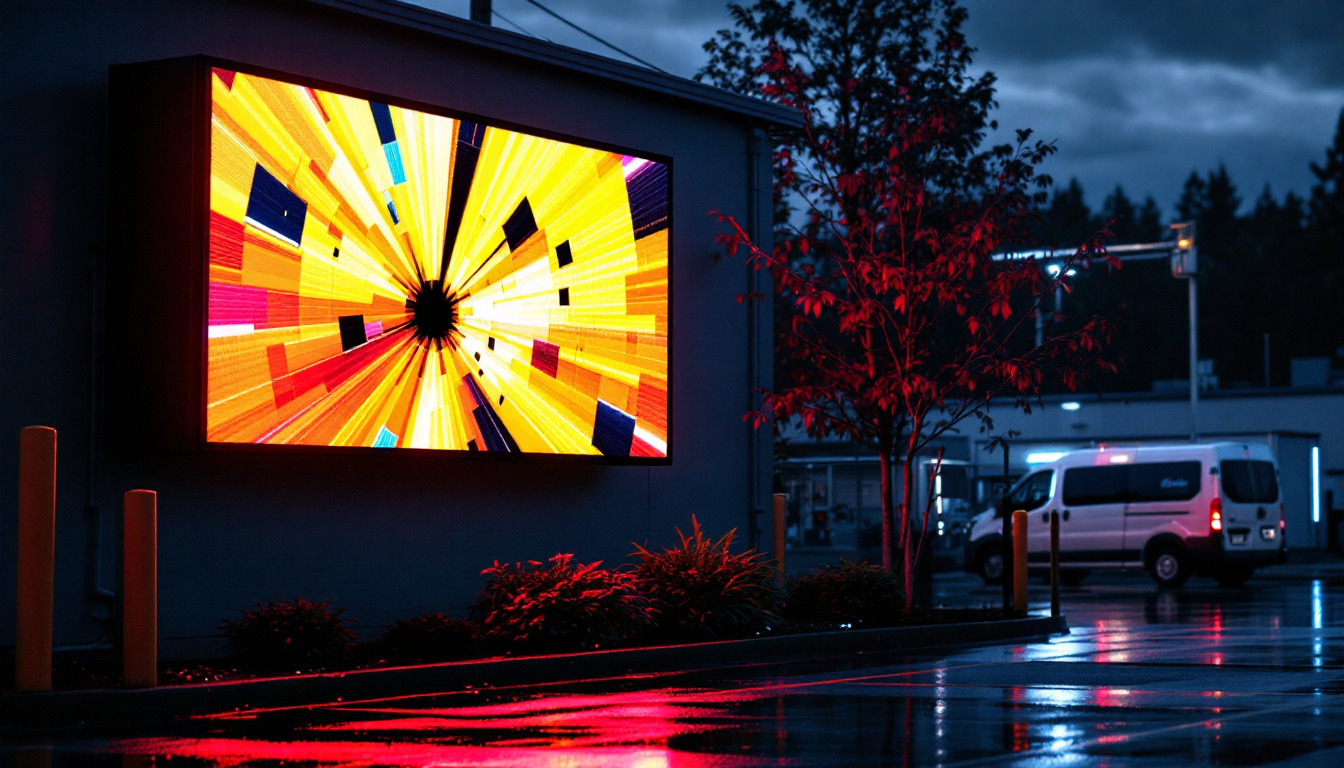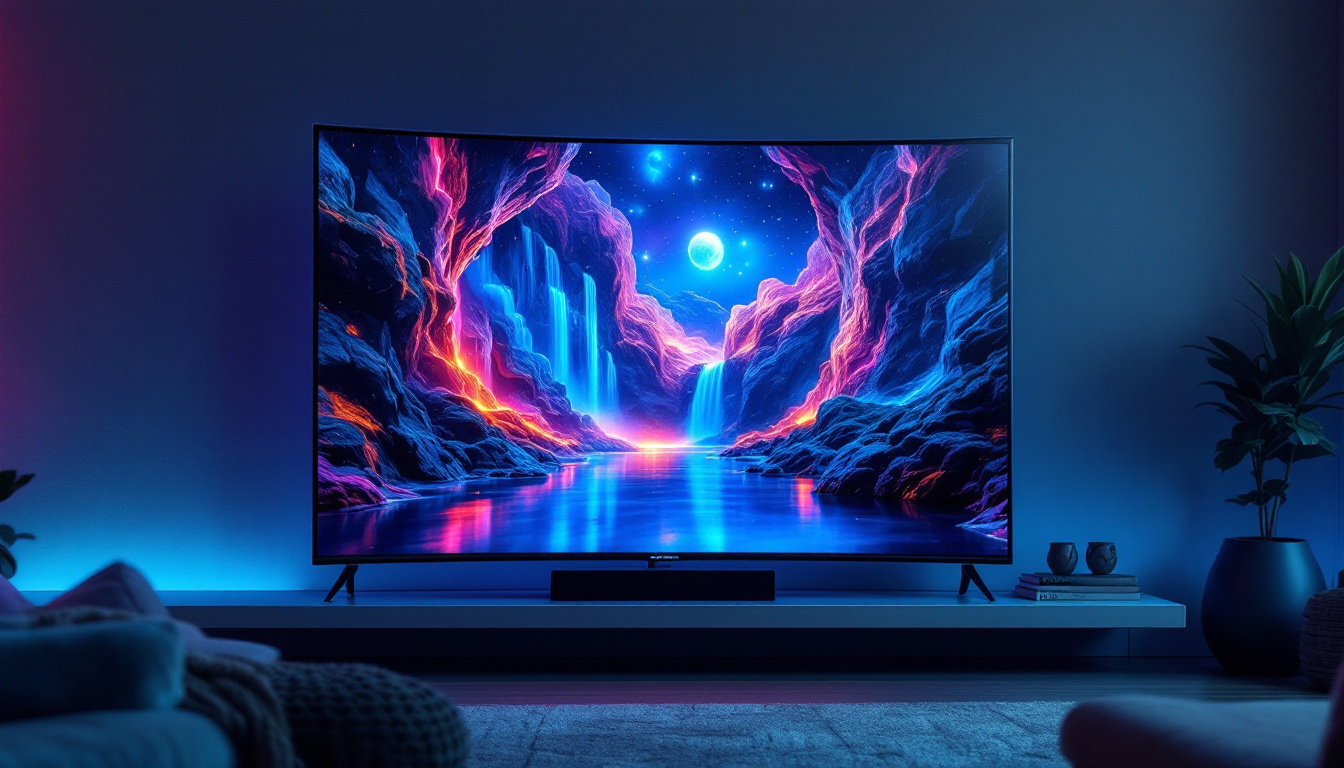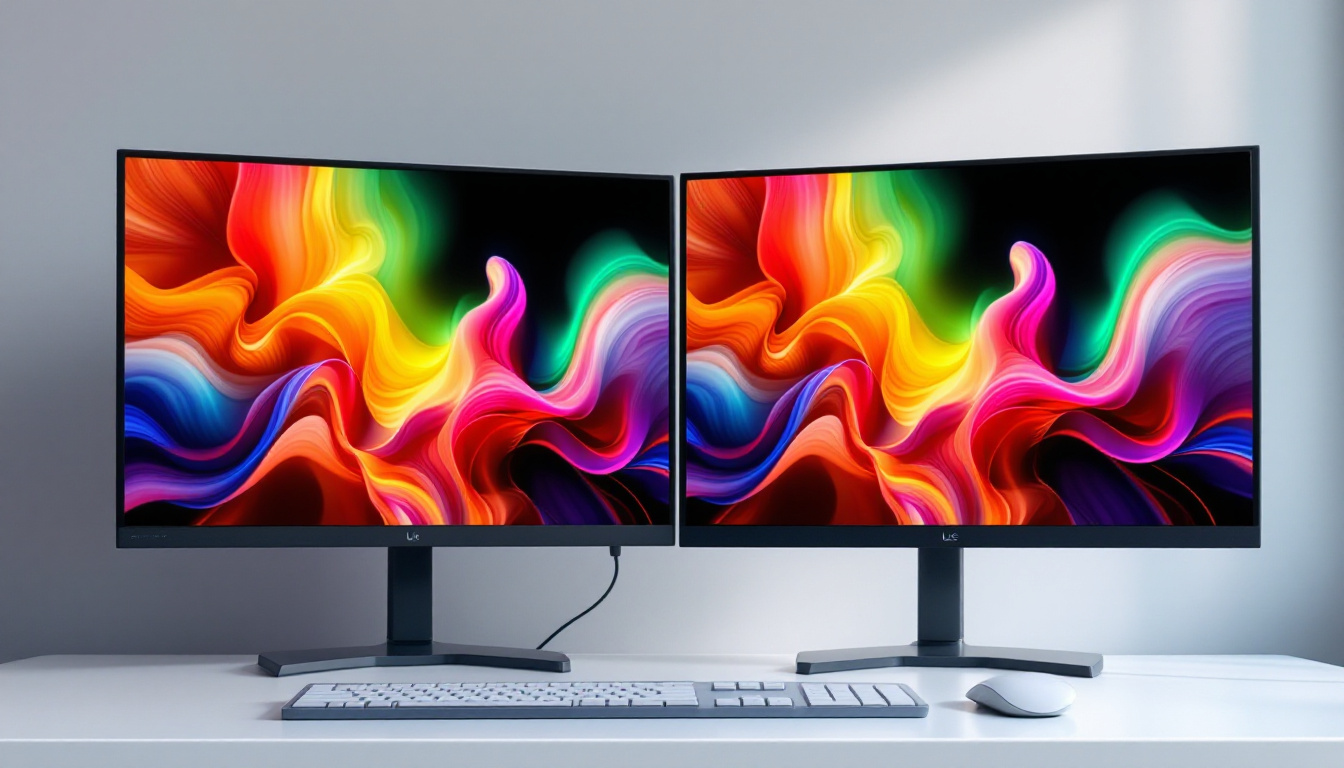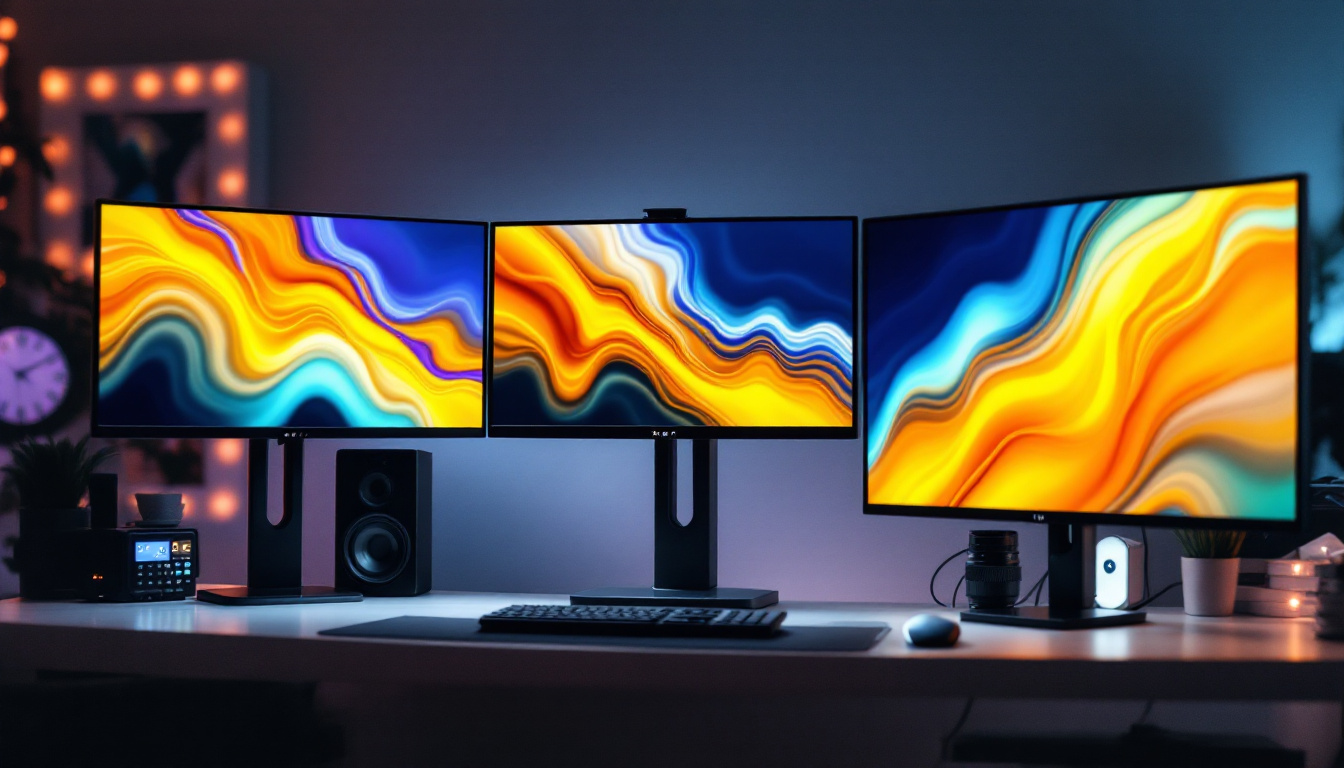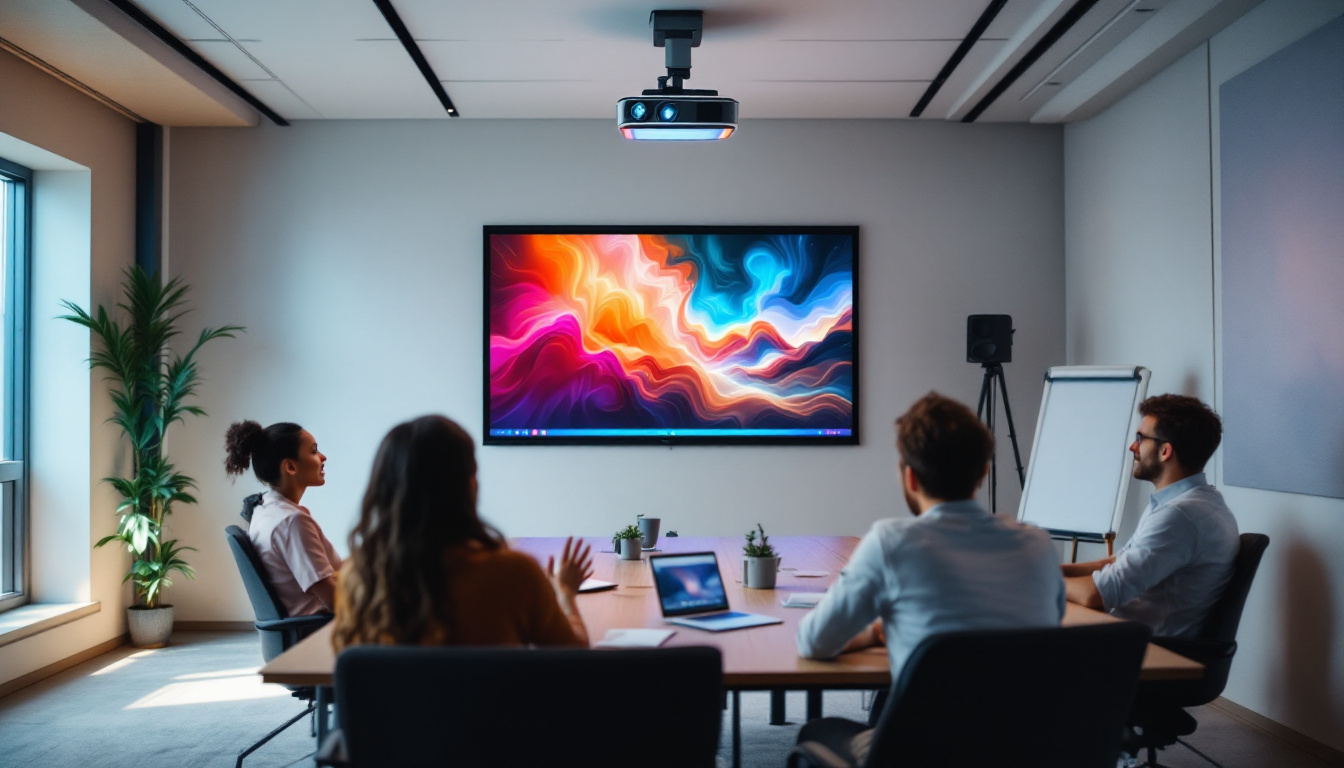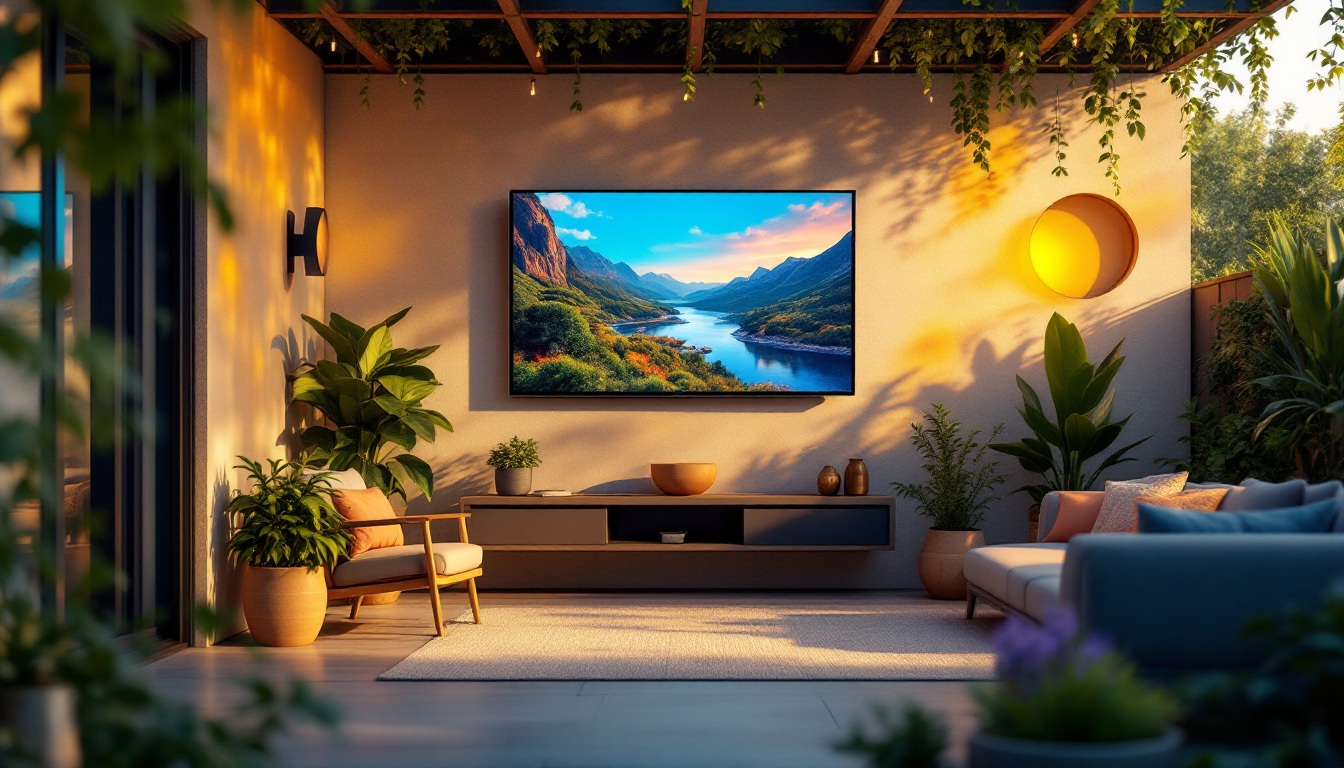In today’s digital age, video content is ubiquitous. Whether for personal use, marketing, or educational purposes, videos have become an essential medium for communication. However, the size of video files can often be cumbersome, making it challenging to store, share, or upload them. This article delves into how to make a video smaller, with a particular focus on LED displays and their role in video optimization.
Understanding Video File Sizes
Before diving into the methods of reducing video size, it’s crucial to understand what contributes to the size of a video file. Several factors play a role in determining the overall size, including resolution, bitrate, codec, and length.
Resolution
Resolution refers to the dimensions of the video, typically measured in pixels (e.g., 1920×1080). Higher resolutions result in larger file sizes due to the increased amount of data required to represent more detail. For instance, a 4K video will be significantly larger than a standard 720p video. Additionally, the choice of resolution can impact not only the file size but also the viewing experience. For example, while 4K offers stunning clarity and detail, it may not be necessary for all types of content, especially if the video is primarily viewed on smaller screens. Understanding the target audience and the devices they use can help in selecting the most appropriate resolution.
Bitrate
The bitrate is the amount of data processed over a given amount of time, usually measured in kilobits per second (kbps). A higher bitrate generally results in better video quality but also increases the file size. Conversely, lowering the bitrate can reduce the file size, but it may also compromise the quality of the video. It’s important to find a balance that maintains acceptable quality while minimizing file size, especially for streaming applications where bandwidth may be limited. Additionally, variable bitrate (VBR) encoding can be a useful technique, as it allows the bitrate to adjust dynamically based on the complexity of the video content, optimizing both quality and size.
Codec
A codec is a software or hardware that compresses and decompresses video files. Different codecs have varying levels of efficiency in file compression. For example, H.264 is a popular codec that balances quality and file size effectively, making it a preferred choice for many video creators. However, newer codecs like H.265 (HEVC) offer even better compression rates, allowing for high-quality video at lower file sizes, which is particularly beneficial for 4K content. As technology advances, understanding the capabilities and limitations of different codecs becomes essential for video producers looking to optimize their content for various platforms and devices.
Methods to Reduce Video Size
Now that the factors influencing video size are clear, let’s explore various methods to reduce video file sizes without significantly impacting quality.
1. Change the Resolution
One of the simplest ways to reduce video size is to lower its resolution. For instance, if a video is currently in 1080p, converting it to 720p can significantly decrease the file size. This method is particularly effective for videos intended for mobile viewing or online sharing, where high resolution may not be necessary. Additionally, many platforms automatically adjust video quality based on the viewer’s internet speed, so opting for a lower resolution can enhance playback performance while still delivering a satisfactory viewing experience.
Moreover, when creating content specifically for social media, it’s worth noting that many platforms have their own preferred resolutions. For example, Instagram Stories are often best viewed at 1080×1920 pixels. By tailoring your video’s resolution to meet these specifications, you not only reduce file size but also optimize the content for the platform, ensuring that it looks its best on the intended screen.
2. Adjust the Bitrate
As mentioned earlier, the bitrate has a direct impact on file size. By adjusting the bitrate, one can effectively control the size of the video. Many video editing tools allow users to set a target bitrate, enabling a balance between quality and size. A good practice is to experiment with different bitrates to find the optimal setting for specific needs. For instance, a bitrate of around 5 Mbps is often sufficient for standard definition videos, while higher bitrates may be necessary for high-definition content.
It’s also important to consider the type of content being compressed. Fast-moving scenes, such as action sequences or sports, typically require a higher bitrate to maintain visual clarity, while static shots can be compressed more aggressively without noticeable quality loss. By understanding the nature of your footage, you can make more informed decisions about bitrate adjustments, ensuring that you achieve the best possible outcome for your video project.
3. Use Efficient Codecs
Choosing the right codec can make a significant difference in file size. Modern codecs like H.265 (HEVC) offer better compression rates compared to older codecs, allowing for smaller files without sacrificing quality. Utilizing these advanced codecs can be particularly beneficial for high-resolution videos. In addition to H.265, other codecs such as VP9 and AV1 are gaining popularity due to their efficiency and ability to deliver high-quality video at lower bitrates.
Furthermore, when selecting a codec, it’s crucial to consider compatibility with playback devices. While newer codecs may provide superior compression, they may not be supported on all platforms or devices. Therefore, it’s essential to strike a balance between using advanced codecs and ensuring that your audience can easily access and view your content across various devices, from smartphones to smart TVs. This consideration can help maximize your video’s reach and effectiveness, making it accessible to a broader audience.
Leveraging LED Displays for Video Optimization
LED displays have revolutionized the way video content is presented. They are not only energy-efficient but also capable of displaying high-quality visuals. Understanding how LED technology works can provide insights into optimizing video files for display.
Understanding LED Technology
LED (Light Emitting Diode) displays consist of numerous small diodes that emit light when an electric current passes through them. These displays are known for their brightness, color accuracy, and energy efficiency. When it comes to video optimization, LED displays can enhance the viewing experience, making it crucial to ensure that videos are appropriately sized for these screens.
Benefits of Using LED Displays
One of the primary benefits of LED displays is their ability to render high-quality images even at lower resolutions. This means that videos optimized for size can still look great on an LED screen. Additionally, LED technology supports various formats and resolutions, allowing for flexibility in video presentation.
Optimizing Video for LED Displays
When preparing videos for LED displays, it’s essential to consider the display’s specifications. Understanding the native resolution and aspect ratio of the LED screen can guide the video optimization process. For instance, if the LED display has a resolution of 1920×1080, it’s best to ensure that the video matches or is close to this resolution to avoid distortion or scaling issues.
Tools for Video Compression
There are numerous tools available that can assist in compressing videos effectively. These tools range from professional software to online services, catering to different needs and skill levels.
1. Video Editing Software
Professional video editing software like Adobe Premiere Pro or Final Cut Pro provides advanced options for compressing video files. These programs allow users to adjust resolution, bitrate, and codec settings with precision. While they may have a steeper learning curve, the results are often worth the effort.
2. Online Compression Tools
For those who prefer a quick and easy solution, online video compression tools can be a great option. Websites like HandBrake and Clipchamp offer user-friendly interfaces that allow users to upload videos and select compression settings without needing to download software. These tools are ideal for individuals who need to compress videos occasionally.
3. Mobile Applications
With the rise of mobile content creation, several applications are available for compressing videos directly on smartphones. Apps like Video Compressor and VidCompact enable users to reduce video sizes on the go, making it convenient for social media sharing or storage.
Best Practices for Video Compression
While the methods and tools for video compression are essential, following best practices can enhance the overall effectiveness of the process.
1. Always Keep a Backup
Before compressing a video, it’s wise to keep a backup of the original file. Compression can lead to a loss of quality, and having the original allows for re-editing or re-exporting if necessary. This practice ensures that the original quality is preserved for future use.
2. Test Different Settings
Compression is not a one-size-fits-all process. It’s beneficial to test various settings to find the right balance between quality and file size. Experimenting with different resolutions, bitrates, and codecs can yield optimal results tailored to specific needs.
3. Monitor Quality During Compression
As videos are compressed, it’s crucial to monitor the quality throughout the process. Watching the video after each adjustment can help identify any significant loss in quality, allowing for adjustments before finalizing the file. This step is particularly important for professional projects where quality is paramount.
Conclusion
Reducing video file sizes is an essential skill in today’s digital landscape, especially with the increasing demand for video content across various platforms. By understanding the factors that contribute to video size and employing effective compression techniques, individuals and businesses can optimize their videos for better storage, sharing, and presentation.
Moreover, leveraging LED displays can enhance the viewing experience, making it crucial to ensure that videos are appropriately sized for these advanced technologies. With the right tools and practices, anyone can successfully compress videos without sacrificing quality, ensuring that their content remains engaging and accessible.
In summary, whether through adjusting resolution, bitrate, or utilizing efficient codecs, the methods to make a video smaller are varied and effective. Embracing these strategies not only streamlines video management but also enhances the overall viewer experience.
Discover LumenMatrix LED Display Solutions
Ready to take your video content to the next level? Explore LumenMatrix’s innovative LED display technology designed to make your visuals stand out. Whether you’re looking for an Indoor LED Wall Display, a dynamic Outdoor LED Wall Display, or specialized solutions like Vehicle LED Displays and LED Sports Displays, LumenMatrix has the right option to meet your needs. Enhance your brand’s visibility and captivate your audience with our state-of-the-art LED solutions. Check out LumenMatrix LED Display Solutions today and see how we can help you share your message with impact and clarity.





